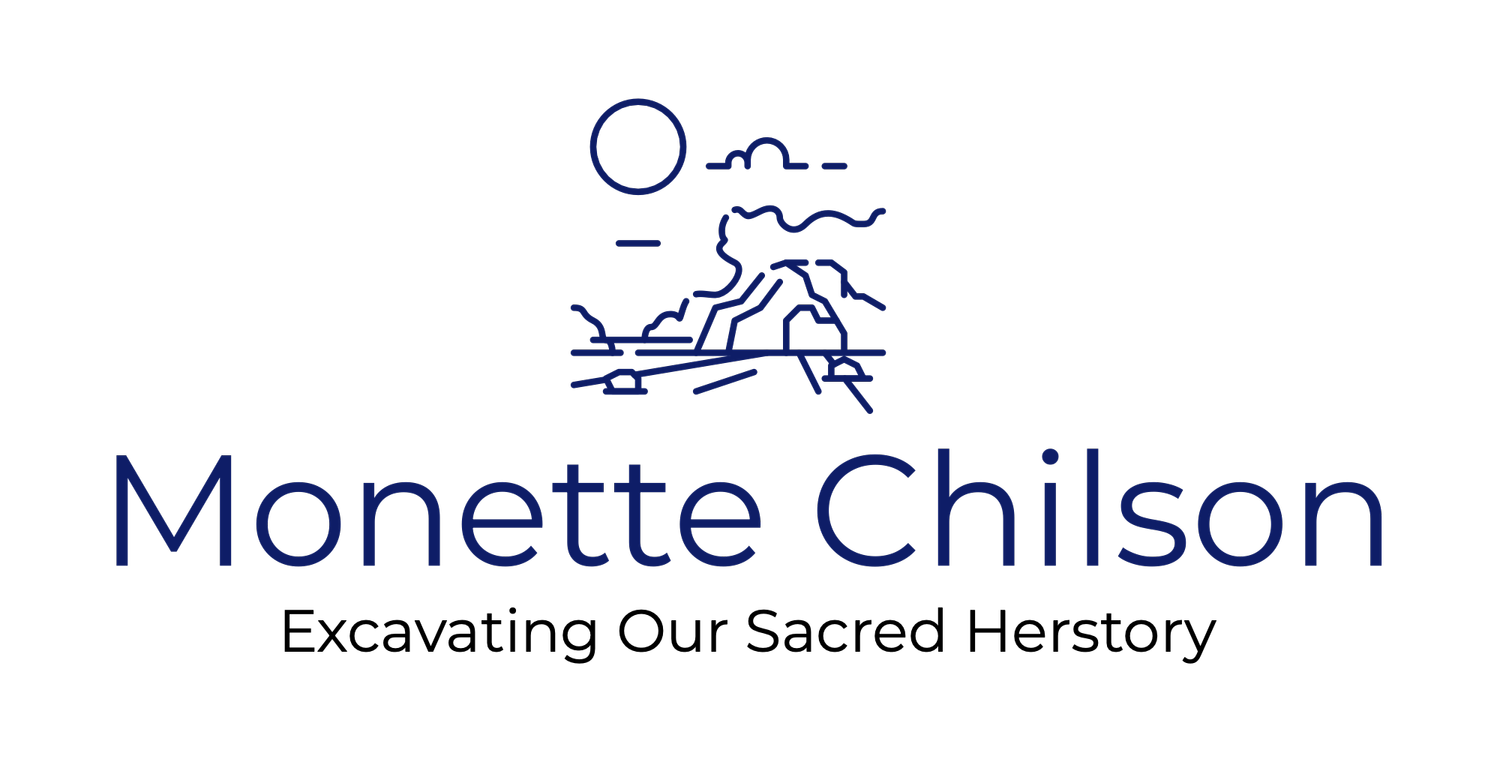PART THREE: RECLAIMING OURSELVES
Session 7:
Can we embrace parts of ourselves we’ve denied because they were “unfeminine”?
INTRODUCTORY READING:
Daughters of Lilith Can Be Muslim Too by Riem Farahat (p. 50)
INVOCATION (open your time together using a sound element—singing bowl, chant, drum, etc.)
OPENING CIRCLE (sit in silence for one minute, palms touching each other’s)
OPENING QUOTE
“They asked her ‘how did you free yourself?’ She answered, ‘by embracing my own power.” —Yung Pueblo
EXPLORATION: What parts of myself have I suppressed or rejected because they were not aligned with my idea of femininity?
In this seventh session, we embark on part three of our study—Reclaiming Ourselves—integrating the archetype of Lilith into our own conceptualization of self. The readings and journaling in this session will put us in touch with power within that we may have denied because of faulty ideas regarding female gender roles and expectations.
SUGGESTED READINGS (go around the circle, allowing all participants a chance to read)
These pieces were chosen because they speak to the root of our understanding of what it means to be a woman, breaking open traditional ideas, replacing them with the reality at work within us. Listening to voices of those who have stepped outside of acceptable femininity—embracing all of themselves—will help us honestly question assumptions about our own identity .
Participants may read the piece in its entirety (if short) or an excerpt (if longer). The reader can select the passage(s) if excerpting. If time/resources exist, you may also project the selected image on a screen, making sure you credit the artist.
Reclaim Lilith and BE the Original Resistance by Hazel DeHealer (p. 85)
The Wound (image) by Lucy Pierce (p. 101)
My Body, Her Body by Arlene Bailey (p. 113)
Lessons from the Dark Mother by Jaclyn Cherie (p. 125)
The Song of Lilith II (image) by Liliana Kleiner (p. 183)
Tempest by Mélissa Gustafson (p. 184)
